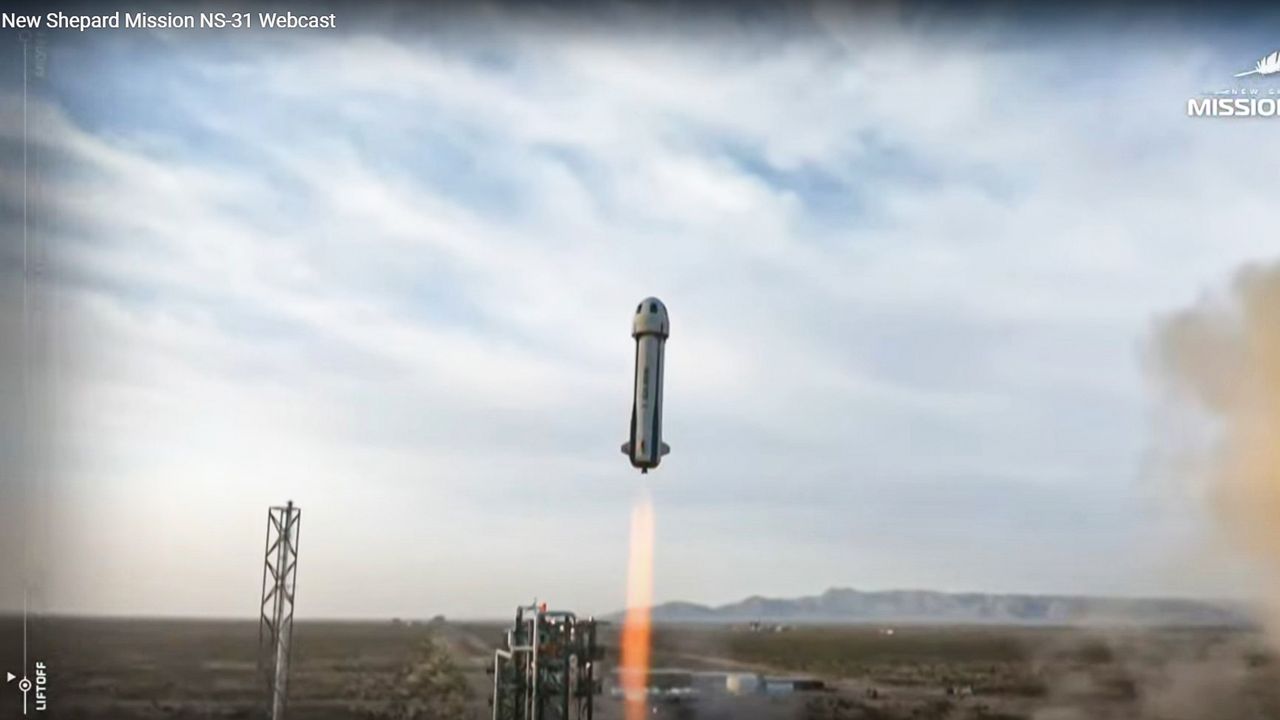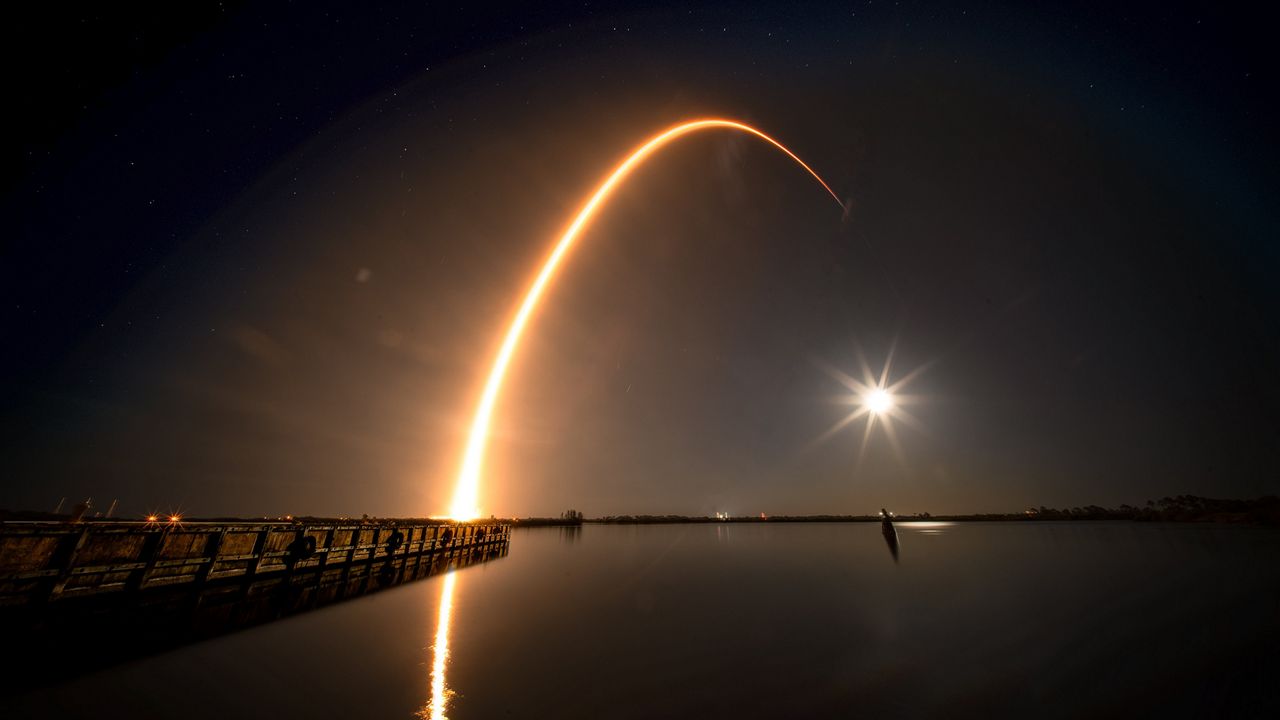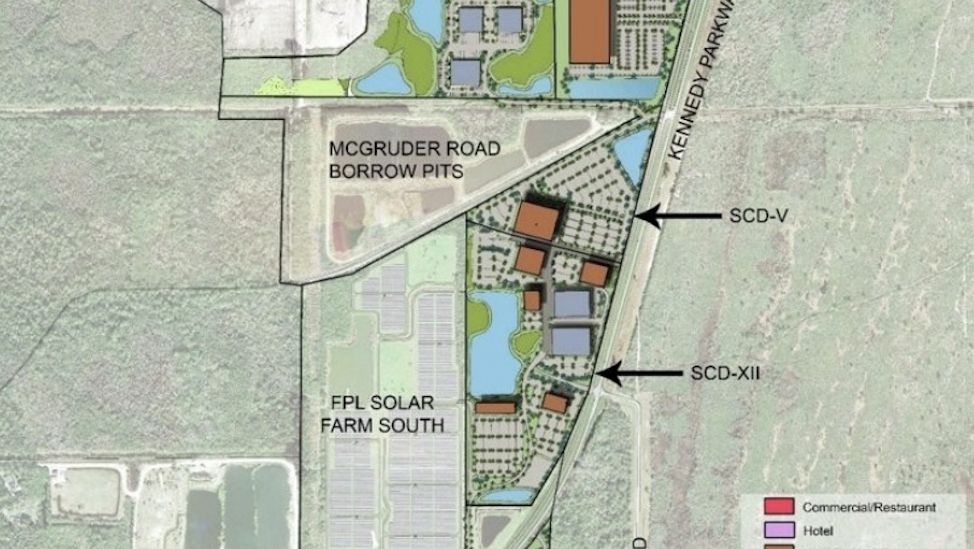KENNEDY SPACE CENTER, Fla. — With the biggest launch in nearly a decade two weeks away, it's been a two-horse race in the new "space race."
What You Need To Know
- SpaceX, Boeing working to launch astronauts from US soil
- SpaceX Falcon 9 to launch May 27 with 2-person crew.
- COMPLETE COVERAGE: Destination Space by Spectrum News
One of them is soaring into history first.
This new space race began in 2014, as NASA looked to commercial companies to prove they could safely ferry American astronauts to the International Space Station from the U.S.
Under the Commercial Crew Program, two of them took the lead, SpaceX and Boeing.
All told NASA awarded the companies more than $4 billion to develop spacecraft.
"We are seeing a very good synergy between the government and the commercial partners," said Dan Batcheldor, head of the Florida Tech Department of Aerospace, Physics and Space Sciences.
For SpaceX, it meant the development of the Crew Dragon, capable of carrying seven astronauts on board.
For NASA missions, up to four crew members will fly.
In March 2019, the spacecraft successfully docked at the orbiting outpost, then later had a successful splashdown in the Atlantic Ocean.
Boeing has its Starliner capsule, also able to carry seven astronauts. An uncrewed orbital flight test in December of 2019 saw a glitch that made docking impossible. But two days after launch, the spacecraft successfully came back to Earth in a parachute assisted landing in White Sands, New Mexico, the first craft to ever do so in the U.S.
"Both companies are following a test procedure, and series of test demonstrations," said Batcheldor. "SpaceX just happens to be a little bit ahead of Boeing."
As far as testing, and Boeing's mishap, SpaceX is ahead.
Back on January 9, a Falcon 9 rocket with an uncrewed Crew Dragon capsule on top, roared off the launch pad at Kennedy Space Center's Launch Complex 39A. Then, 84 seconds into liftoff and about 12 miles up, the capsule fired its thrusters, separating it from the Falcon 9. The thrusters pushed the capsule away from the rocket, which tumbled and exploded in a fireball.
The test launch, a 9-minute flight, was to demonstrate that if something were to go wrong during launch, the Crew Dragon could safely remove astronauts from the rocket, and out of harm's way.
NASA then gave SpaceX the go ahead to advance to Demo-2, and a late May launch date.
"The return of humans from the Space Coast launching on American made rockets," said Batcheldor.









